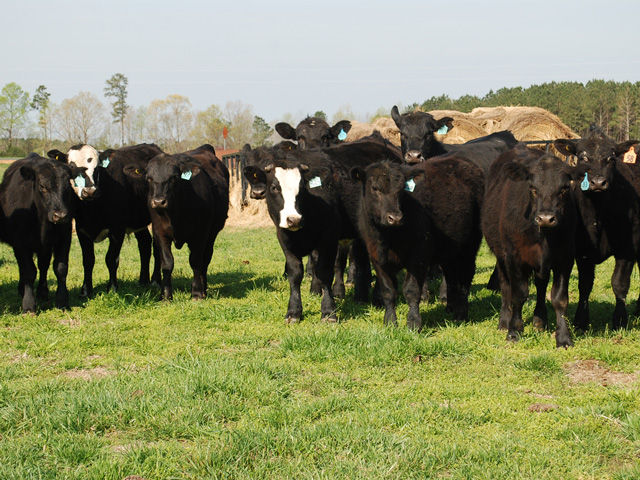Buying Time
Management Shifts Can Help Realign Calf Sales to the Market
Even as packing plants reopen, worker absenteeism and slower production speeds indicate it will be some time before the feeder bottleneck breaks. That leaves many producers looking for ways to manage around the delays.
In North Dakota, Extension livestock systems specialist, Karl Hoppe, said when packing plants can't schedule a slaughter date it creates a lot of challenges for producers. He is with North Dakota State University and based at the Carrington Research Center.
The most urgent class of cattle to manage today are fed slaughter cattle, said Hoppe. When maintained on the current ration, these cattle will continue to grow and increase fat deposition. This will lead to heavier carcass weights and higher marbling scores that increase value per head.
However, overweight and/or overly fat carcasses (yield grade 4 and 5) will end in discounted pricing.
P[L1] D[0x0] M[300x250] OOP[F] ADUNIT[] T[]
Hoppe noted that during the last weeks of feeding cattle to finish, the amount of fat increases, resulting in poorer feed efficiency and higher cost of gain. "From a feed efficiency and cost of gain perspective, delaying timely marketing of cattle is not cost effective," he explained.
There are ways to help offset this. If cattle are several months away from harvest, decreasing the energy content of the ration and reducing gain is an option. This can be done by increasing roughage in the ration from 5% to 7% up to a 10% to 15% level.
If roughage is unavailable, limit feeding is an option when adequate bunk space is available. "Producers need to pay particular attention to feed delivery to match gain goals with feed provided," Hoppe explained. "It's easy to overfeed or underfeed when limit feeding if cattle weights are not accurately identified and feed delivery adjusted accordingly."
The classic approach to delaying marketing of cattle is to put them on pasture. Make calves into yearlings by moderating winter growth and running them on grass during the summer. This puts these yearlings into a different marketing period. This is accomplished easily with lighter-weight cattle, but it's not practical for cattle that have been fed for 3 or more pounds of average daily gain. The cost of gain needs to be considered and compared with the market price from delayed marketing.
Heifers exposed for breeding usually are bred artificially with timed AI.
In combination with a short breeding period and when pregnancy-checked via ultrasound, nonpregnant heifers can be sold to feedlots at an earlier date.
Breeding heifers delays marketing by selling open heifers in late summer or bred heifers in the fall or winter.
Implants are another consideration if the goal is delayed marketing. Don't use high-potency implants if energy of the feed ration has been decreased because carcass marbling may be affected negatively. Also, don't re-implant or match implant potency and duration to the delayed marketing time.
"Delaying the marketing of finished (fat) cattle has profound impacts on subsequent carcass characteristics and may not be cost effective," Hoppe concluded.
"Delaying marketing of lighter weight cattle by either pasturing or backgrounding is routinely done with the goal of higher prices for cattle that are seasonally in less supply."
(c) Copyright 2020 DTN, LLC. All rights reserved.






